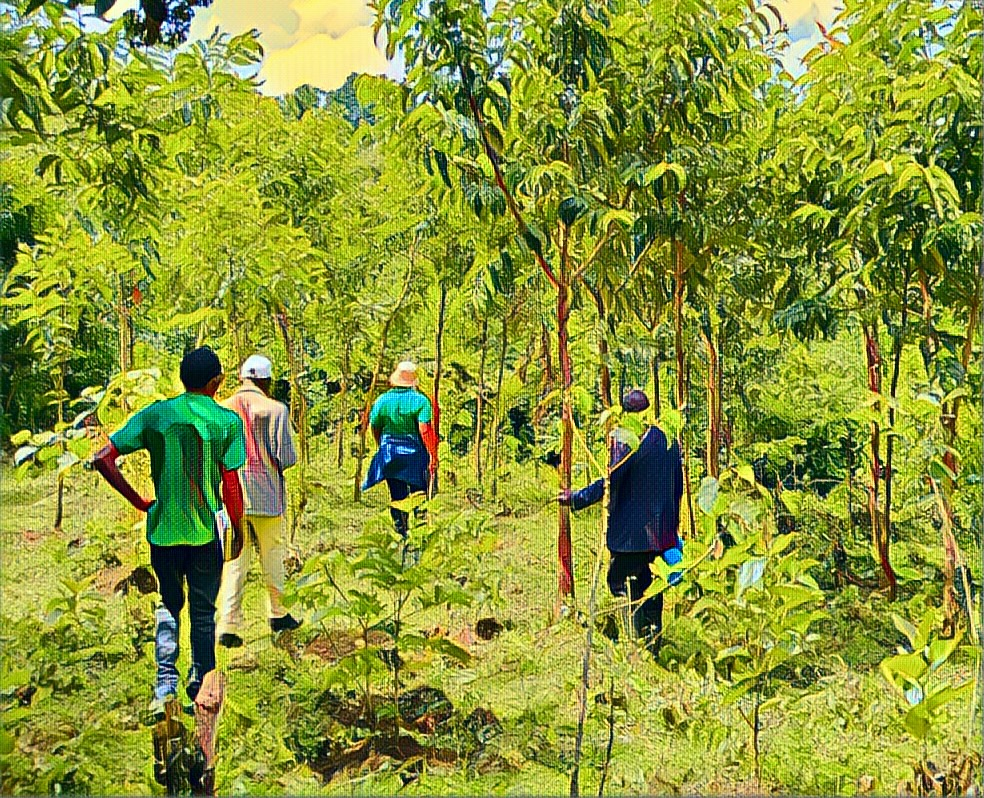KEY POINTS
- Annual initiatives aim to raise awareness and involve communities in reforestation efforts.
- Local communities establish tree nurseries, contributing to environmental restoration and sustainable livelihoods.
- Grants from organizations like the GEF support large-scale reforestation and land rehabilitation projects.
There are great threats towards deforestation in Zimbabwe, where annually, about 262000 hectares of forest land is lost.
Consequently, the country has embarked on several so-called reforestation projects with an aim of reversing the degraded landscape in the country and encouraging sustainable use of land.
National tree planting campaigns
The Zimbabwean government has introduced programmes of annual tree planting, which include National tree planting day being observed on the first Saturday in December.
Moreover, these campaigns are useful for raising peoples’ awareness on forests and respectively, on the need to take an active role in reforestation of certain territories.
For more than six years, the UNDP funded the Zambezi Valley Biodiversity Project, the major goal of which was to plant two million trees in order to promote the future conservation of the region’s biodiversity.
Community-led reforestation projects
Local communities play a crucial role in reforestation efforts.
In Muzarabani District, for example, community members have established tree nurseries, planting indigenous and fast-growing exotic species.
These initiatives not only contribute to environmental restoration but also provide sustainable livelihoods for participants.
International support and funding
Zimbabwe has received international support for its reforestation programs.
The Global Environment Facility (GEF) provided a $71.125 million grant for land rehabilitation and reforestation projects, addressing livelihoods, climate change, biodiversity conservation, and environmental security.
Furthermore, this funding is expected to restore 2,150 hectares of land and bring 172,540 hectares under improved practices through integrated land use.
Sustainable land management practices
To combat deforestation, Zimbabwe is promoting sustainable land management practices.
These include agroforestry, conservation agriculture, and the establishment of woodlots to meet fuelwood demands without depleting natural forests.
In addition, such practices aim to balance environmental conservation with the economic needs of local communities.
Challenges and future outlook
However, some of such difficulties still exist such as financial constraints, lack of adequate compliance with environmental laws and policy, and lastly, community participation.
Also, solving these problems is crucial in order to achieve the lasting effect of reforestation campaigns and ensuring rational use of Zimbabwe’s forests.


